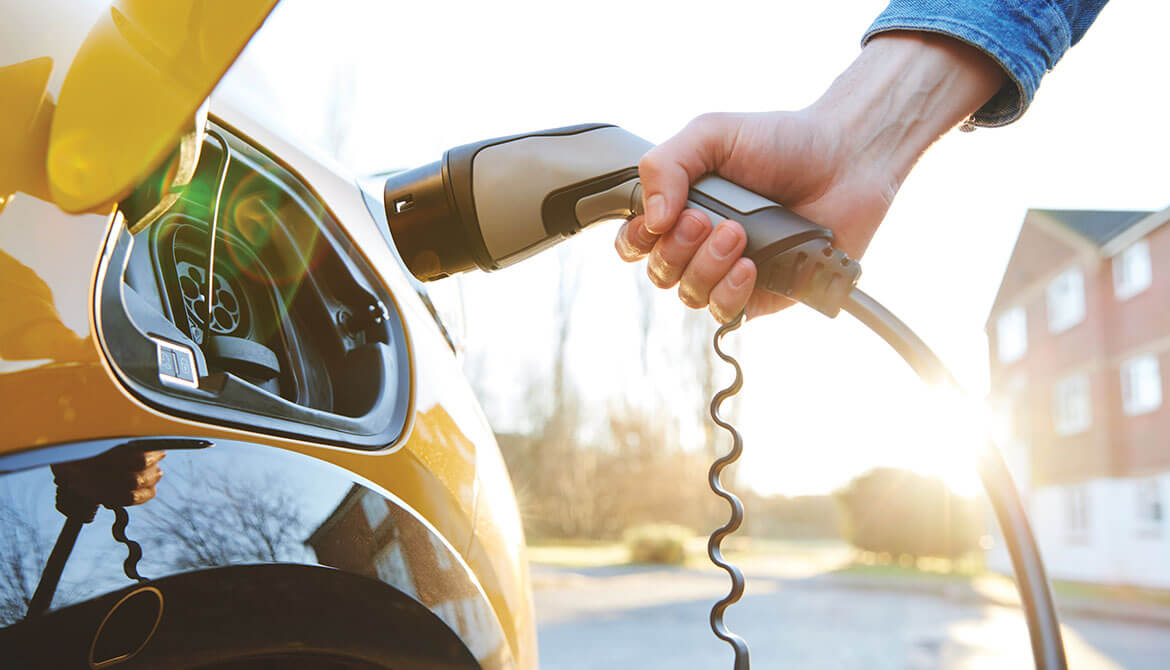3 minutes
The new law includes a strong and effective framework for equitable climate finance.
The Inflation Reduction Act, which became law in August, includes a strong and effective framework for equitable climate finance. The IRA includes rebates, tax credits and the $27 billion Greenhouse Gas Reduction Fund that will provide loans, grants and technical assistance for projects that reduce greenhouse gas emissions and air pollution.
These initiatives hold significant promise for credit unions interested in starting or growing green lending programs to help their members lower their energy bills and increase their homes’ climate resiliency. Credit unions across the country have already developed innovative green lending programs that are both well-positioned to access IRA resources and designed to meet their members’ specific needs.
Research by Inclusiv shows that 391 credit unions across the U.S. currently offer dedicated green loan products. Inclusiv surveyed just 40 of these credit unions and found they have collectively made more than $500 million in green loans in the past three years. With the IRA and the Greenhouse Gas Reduction Fund, this lending is poised to grow significantly.
As examples, $53 million MariSol Federal Credit Union, Phoenix, anticipates that the Greenhouse Gas Reduction Fund will enable it to lower its solar loan costs, making loans more accessible to the credit union’s primarily low- and moderate-income members. The IRA’s tax credits and support from the fund should help $754 million USC Credit Union continue offering financing options for clean energy and low-emission vehicle financing in the low- and moderate-income Los Angeles communities it serves. Using state government incentives that have now ended, 82% of $4.7 million in solar loans made by Franklin First Federal Credit Union, Greenfield, Massachusetts, went to low-income borrowers. The $87 million credit union expects the new fund’s dollars will help it continue to serve these members.
Fifteen billion of the Greenhouse Gas Reduction Fund is earmarked for disadvantaged and low-income communities. Although depository institutions like credit unions are not permitted to apply directly to the fund, they will be able to participate through nonprofit intermediaries. For example, Inclusiv plans to serve as an intermediary to deliver fund dollars as operating capital, loan loss reserves and technical assistance to community development credit unions interested in green lending.
Other key IRA programs that your credit union might benefit from knowing about include:
- High-efficiency electric home rebates: This $4.5 billion program provides point-of-sale rebates of up to $14,000 for low- and moderate-income households that install new, qualified electrification projects like heat pumps, electrical system upgrades or electric stoves. The program will not cover the full project cost, providing an opportunity for credit unions to offer electrification loans.
- Clean vehicle tax credits: This approximately $7.5 billion program provides tax credits for the purchase of new or used electric and fuel cell cars. These incentives can help grow credit unions’ vehicle lending programs by lowering the upfront purchase price for these in-demand cars.
- Homeowner managing energy savings rebates: The $4.3 billion HOMES program provides direct rebates to homeowners for home energy retrofits. The rebates are unlikely to cover the full cost of the retrofit for many homeowners, creating opportunities for credit union lending.
- Residential energy efficiency and clean energy tax credits: This program provides nonrefundable tax credits of up to 30% of the cost of buying and installing residential energy efficiency upgrades, up to $3,200 per year. Credit unions can provide loans that complement these tax credits to support their members in weatherizing their homes and making other efficiency upgrades.
Credit unions play a unique role in ensuring all communities have access to fair and affordable financial services. The Inflation Reduction Act has created a new set of tools that credit unions can use to help their members and communities build climate resiliency and lower their energy costs. cues icon
Neda Arabshahi is vice president of the Inclusiv Center for Resiliency and Clean Energy, working to build a network of credit unions committed to designing and scaling solutions to climate change, with a goal of promoting affordable and sustainable energy for all people. Learn more about Inclusiv’s Solar Lending Professional Training and Certificate program.






